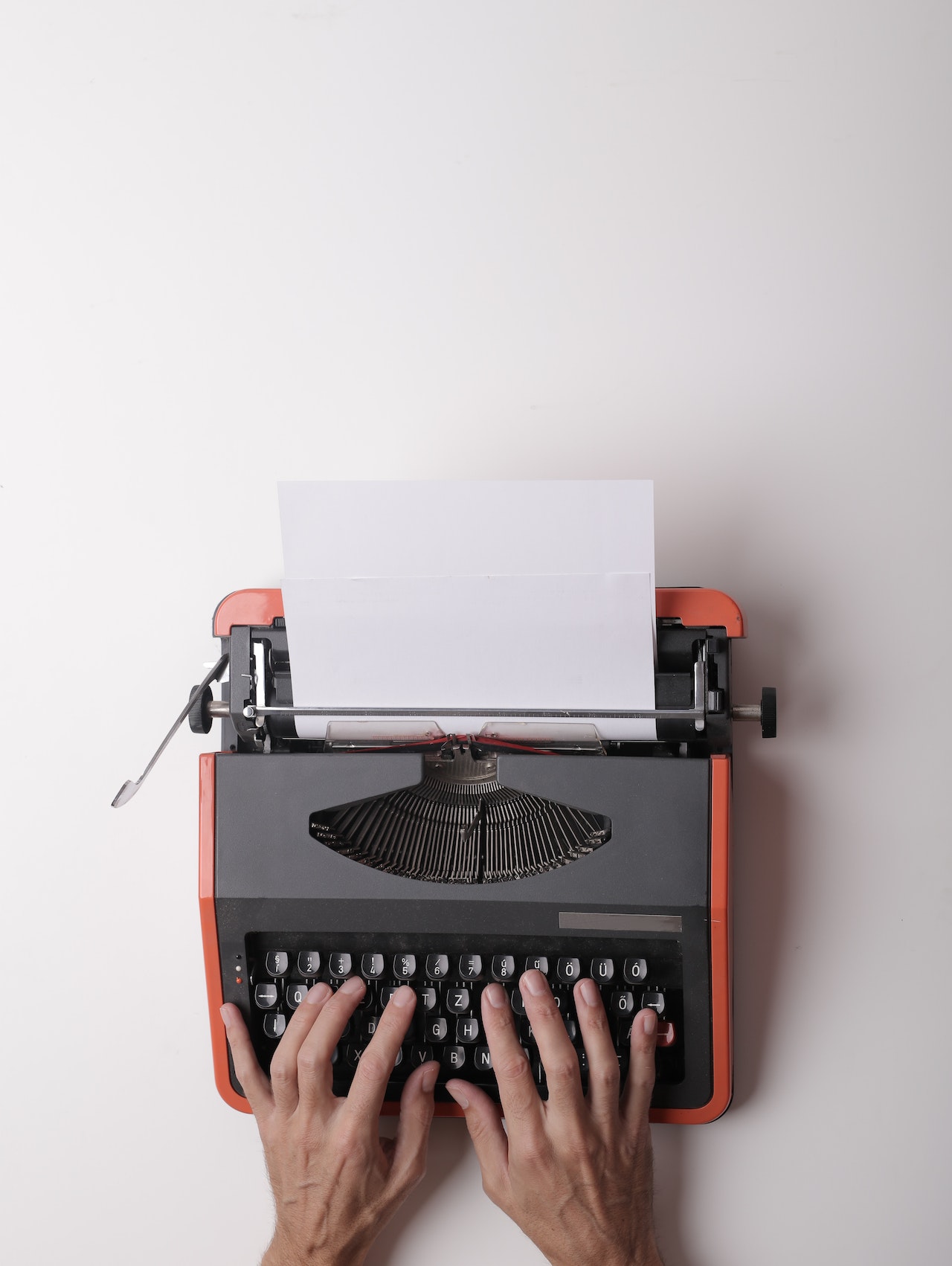10 Tips for Creating Killer Content that Converts in Any Language
Have you ever tried rephrasing an expression or joke into another language? It’s hard, right? Due to the natural and essential differences in languages, what makes perfect sense in one shoptalk makes absolutely no sense at each in another.
Editing your content before you restate it solves this problem and protects your business from losing eventuality leads in transnational requests when you publish content online.
Then there are several ways you can edit and ensure your content retains its capability to convert no matter what language it’s in and avoid your communication from getting lost in restatement.
How Content Converts
Your splash runners and blog posts may convert callers who speak the same language as you, but does your content hold the same meaning in a different language?
Still, you can see why editing your content is so important, If you watch a dubbed interpretation of a transnational show. You may hear a laugh track or the characters may laugh, but you don’t find the scene funny because you culturally don’t understand the joke.
There are numerous tricks when it comes to any language. An expression that makes sense in one language isn’t inescapably going to make sense or hold the same meaning in another language.
Editing your content for clarity so it makes sense across numerous languages is the key to satisfying implicit guests around the world to subscribe up, purchase from you, communicate with you or whatever your pretensions may be.
But before you jump by and start editing your content for restatement, it’s important to understand how content can convert. That way, you can keep all the rates that work indeed though a major part of your content is changing.
For a maximum possible conversion rate, your content should follow the crucial principles below, which are generally appertained to as the acronym AIDA
Attention – Your title and heading should snare attention and allure callers to continue reading.
Interest – snare the anthology’s interest by describing commodity interest that you relate to again at the end of the runner or composition similar as in the call to action( CTA).

Desire – Build desire for your product or service by proving it’s necessary similar as with exemplifications and witnesses.
Action – give a clear and enticing CTA for the caller to complete your asked action.
When you put your content together, it’s also helpful to add factors that break up the wall of the textbook so the runner is easier to read through and understand.
For illustration, using the following in your content can help keep callers interest complete
- Bulleted lists – Using lists analogous to the bone you’re presently reading helps draw the eye to the most precious textbook on the runner.
- Images – They help break up the runner in a visually pleasing way and can be used to further illustrate an important point.
- Shorter sections – Splitting a runner into shorter parts with compelling headlines is another way you can make the runner visually compelling and easier to read.
- Infographics – Using statistic-filled images can help bring forth visual appeal while also making your content easier and further compelling to consume.
When you intend to restate your content, there are many ways your creativity could work against you and make your communication delicate to understand in a different language.

There are 10 tips on what to look out for in your written content so you can edit it for clarity in any language.
1. Choose the Right position of Language
When editing, keep the below in mind since you need to be aware of your word choice while being suitable to negotiate your content pretensions.
It can be helpful to keep your use of language to the smallest position you can without alienating your target followership. For illustration, you can try to aim for high academy-position language or lower unless you’re in an assiduity where you know that wouldn’t be applicable similar as the medical field.
This decreases the chances of your content being misknew after it’s restated.
Still, you’re well on your way to content that can be seamlessly restated, If you can cleave to this one suggestion.
2. Don’t Use Expressions
An expression is a expression that’s generally used to convey an idea. Its nonfictional meaning is generally entirely different from the factual intended description.
When an expression is restated, it’s done literally and in other countries it may not inescapably hold the same meaning.
For illustration, in English-speaking countries, the word “cheers” literally means to celebrate loudly similar to observers cheering their favorite platoon at a sport’s game. Still, in other countries, a different expression is used rather than “Cheers” when drinking, but the intended meaning is the same.
Replacing expressions on your point can help reduce confusion when it’s read in a different language.
3. Ditch the Clichés
A cliché is an expression that has been so overused that the original meaning has been lost or has come banal and boring.
4. It’s Not Time to Rhyme
Rhyming can be delightful and capricious, but since it relies on two or further words with consummations that sound the same, rephrasing rhymes doesn’t work since the same words are going to be spelled and sounded out in another language.
While the words themselves can be restated, the overall effect that will be lost.
5. Avoid Alliteration, Assonance and Consonance
You know you’re using alliteration in your jotting when two or further words start with the same letter or sound. An illustration is in the heading over.
Consonance is analogous in that it’s the reiteration of the same sounds created by consonants in quick race. The difference is it applies to the middle or end of a string of words rather of the morning.
Assonance is analogous to consonance, except it’s a reiteration of vowels rather of consonants. The judgment, “She hounds down more morsels of chocolate”, is an illustration of assonance with the durability of the vowel and sound of “o” in utmost of the words in the judgment .
Rephrasing the words shouldn’t be a problem, but like sorting, you aren’t going to be suitable to achieve the same result.
6. Don’t be “Punny” with Puns
While puns and wordplay can be cringe-good funny, they may not always restate well enough to keep the joke complete.
Puns include words that aren’t inescapably associated with each other but calculate on the spelling or analogous sound of the words to complete the joke. Since these factors don’t stay the same when the pun is restated, the joke no longer makes sense.
7. Don’t Use David Copperfield’s Allusions
Still, you may also notice an illustration of an allusion, If you ignore the fact that the heading directly over is a pun.
Allusions are a circular reference to a commodity similar to a person, event, book, character and other references that could be from history and the present.
What makes a reference nebulous is frequently determined by the lack of explanation in the reference. The anthology needs to formally know the person, event or thing being substantiated in order to understand the intended meaning of the judgment .
Occasionally they can’t be restated, but that’s beside the point. numerous countries don’t share the same artistic significance to numerous subjects you could source.
Still, be sure to consider them precisely, If you do choose to include references on your point.
8. Be as nonfictional as You Can
So far, I've mentioned numerous kinds of writing you should avoid, but what should you add? Be as nonfictional as you can with your choice of words without going overboard.
You don’t need to turn “They're awful mortal beings with big hearts” into “They're awful homo sapiens with full-sized aortic pumps”.

It can be delicate to add faculty to your jotting when you need to be conscious of your word choice. But, you can still add some creativity in numerous ways outside of the textbook on the runner including creating an eye-catching design and layout to your point and also including images or infographics.
9. Be terse
Being as terse as possible not only improves your jotting but tensing your rulings and removing any reiteration also saves you plutocrat when you restate it. The reason being that restatement costs are calculated by your word count.
10. Get a Professional restatement
Getting a professional restatement can't only speed up the process, but it also provides a lot further delicacy.
While this list can be helpful, getting a professional restatement can insure miscalculations and misconstructions aren’t a factor.
Rather of leaving your point and your business up to chance by automatically rephrasing your content, you can get an expert restatement from Weglot and keep your meaningful communication completely complete.
Belting Up
Editing your content can help it keep its converting power once it’s restated, but there are numerous common corridors of your jotting style that may not resonate well. With these tips, you can edit your content for clarity, so it’s ready to be restated and read by people around the world.


























